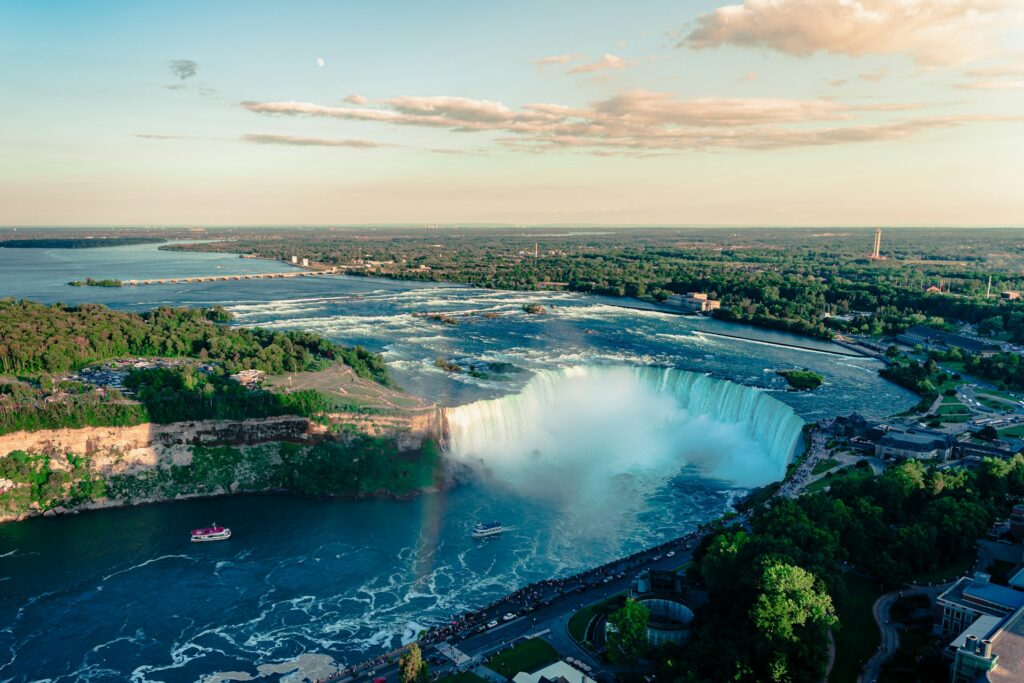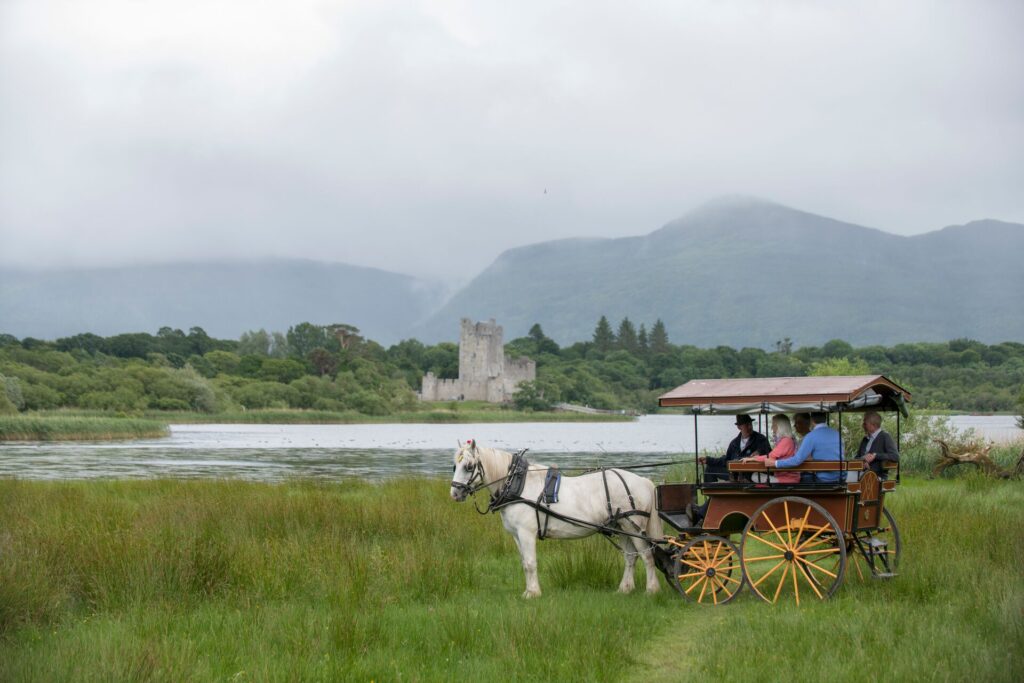8 Places to Support Marine Life Conservation On Your Travels
Marine life conservation directly impacts your vacation. While whale watching and snorkeling are obviously dependent on the health of a marine ecosystem, these aquatic environments also affect everything from the types of local cuisine available to the destination’s economy.
Conservation projects protect the health of the water and all of the living creatures that depend on it. Many of these organizations are either supported by charities and donations or require significant governmental funding to truly make substantial and sustainable progress.
You can also make a difference while on the adventure of a lifetime: make a positive impact on our planet when you visit or volunteer with these marine life conservation projects during your travels.
Atlantic Irish Seaweed | Ireland
Founded by a husband and wife team in 2009, Atlantic Irish Seaweed is a series of seaweed discovery courses, workshops, and food tours. These experiences include grazing on fresh seaweed and learning about seaweed’s role in history. As visitors gain insight into how Ireland’s earliest settlers relied on seaweed, they’ll also better understand how algae helps produce more than half of the planet’s oxygen and why “custodians of the shore” like Atlantic Irish Seaweed are striving to adopt the most sustainable practices.
Join Atlantic Irish Seaweed for an afternoon of shoreline foraging on our Irish Elegance tour. This nine-day tour takes you on a scenic drive of the Ring of Kerry, stopping on the coastline for this enlightening experience. Learn about marine life conservation in Ireland’s fragile ecosystems while supporting the United Nations Sustainable Development Goal 14: Life Below Water.
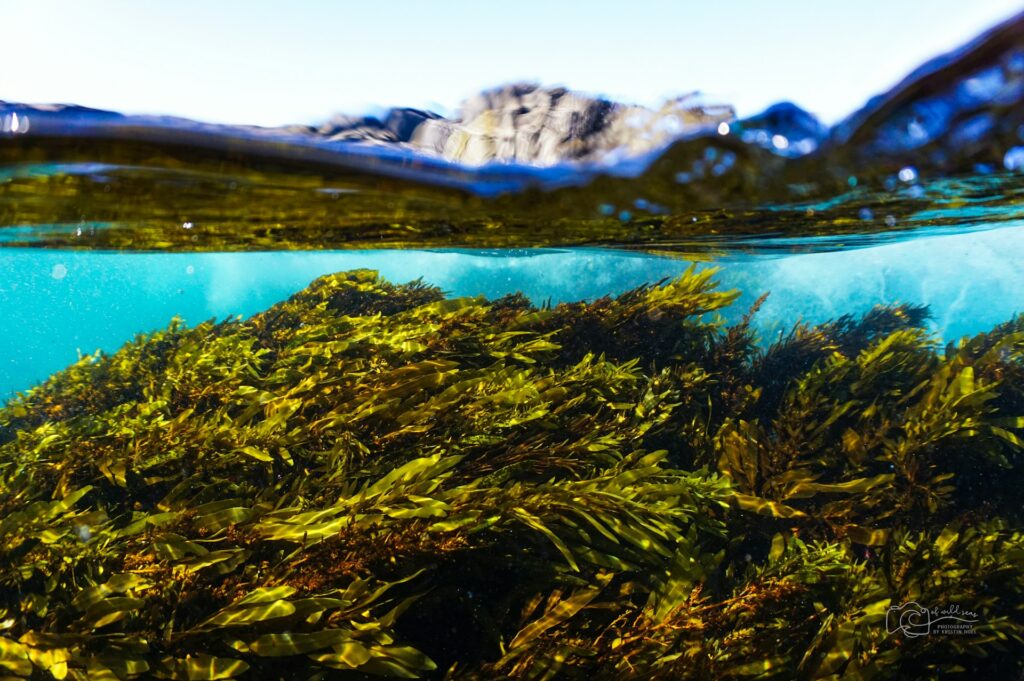
Seahorse Hawaii Foundation | USA
Over 40 species of seahorse exist on our planet, though at least a dozen of them are named on the International Union for Conservation of Nature Red List of Threatened Species. The species not included on the list are due to a deficiency of data.
For an arguably well-known creature, there’s still much to learn about the seahorse — including how many species are truly in the wild. Unfortunately, millions are removed from the ecosystem for souvenirs, medicine, and pet trade; even more are threatened by habitat loss, climate change, and bycatch.
The Seahorse Hawaii Foundation aims to help prevent the extinction of seahorses by maintaining a gene bank for all species. Located in Kona, Hawaii, the SHF’s Ocean Rider Seahorse Ranch breeds these species for research education and propagation. Guided tours of the ranch are led by naturalists; visitors can engage with the ranch’s 20,000 seahorses in a safe and sustainable manner that does not impact wild seahorses.
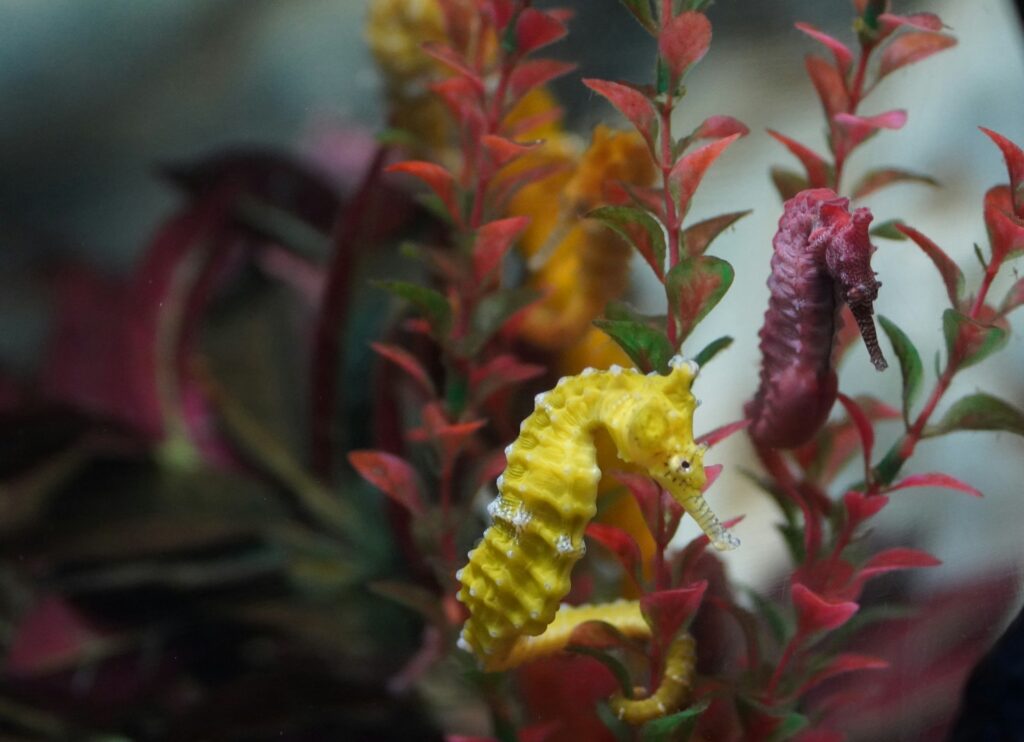
Whale Shark and Oceanic Research Center | Honduras
One of the best places in the world to swim with whale sharks is around Utila, an island off of the coast of Honduras. Whale sharks are considered gentle giants: their large size is in contrast with their preference for small fish and plankton. Though it’s easy to assume that these sharks aren’t formidable predators, their function in the marine ecosystem is essential to maintaining healthy populations of prey species. Without whale sharks controlling populations of smaller fish, overconsumption occurs.
The Whale Shark & Oceanic Research Center was formed in 1997 to create a comprehensive sightings database for whale sharks. Their work led to the creation of guidelines that legally protected whale sharks under Honduran law in 2008. You can visit the Whale Shark and Oceanic Research Center on Utila Island and potentially see whale sharks on oceanic safaris year-round.
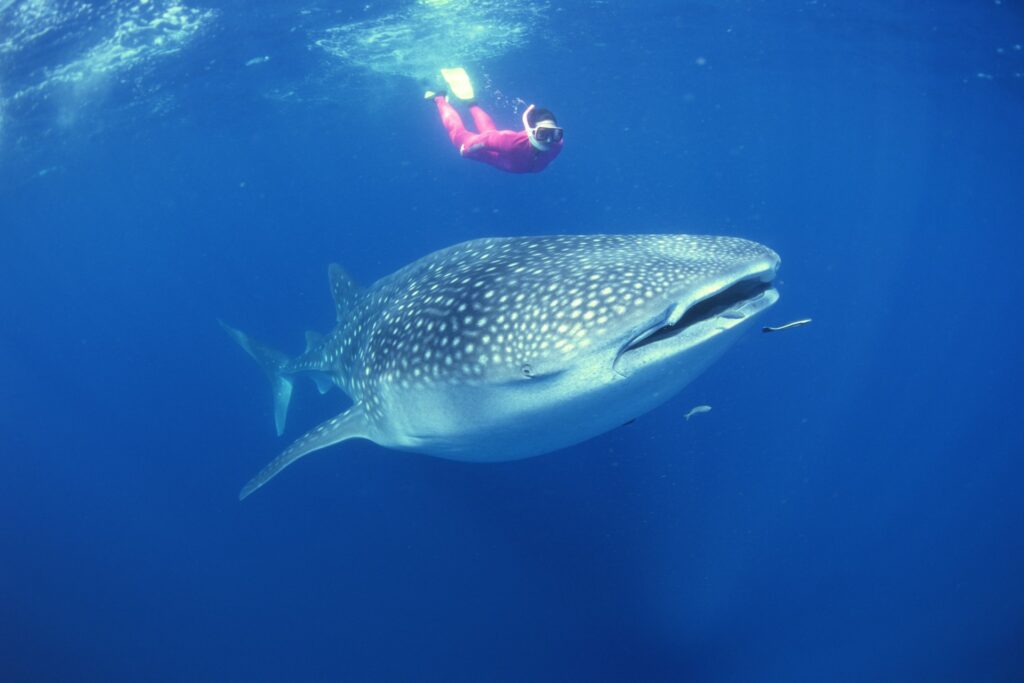
Project Puffin | USA
Puffins are adorable indicators of oceanic health, but these popular marine birds weren’t always present along their traditional nesting islands in the Gulf of Maine. By the late 1800s, hunters had eliminated puffins from all but one of these islands. The Project Puffin marine conservation project was started in 1973 with an aim to reintroduce puffin chicks to these islands and encourage their return to nest as adults. Today, the project is considered a huge success, so much so that “Project Puffin” has evolved.
The Project Puffin Visitor Center in downtown Rockland, Maine, is now part of the Audubon Seabird Institute. It focuses on the restoration of seabird colonies including Arctic tern, black guillemot, laughing gull, and the razorbill. The Project Puffin Visitor Center is open throughout the year to visitors, offering interactive exhibits and educational programs.
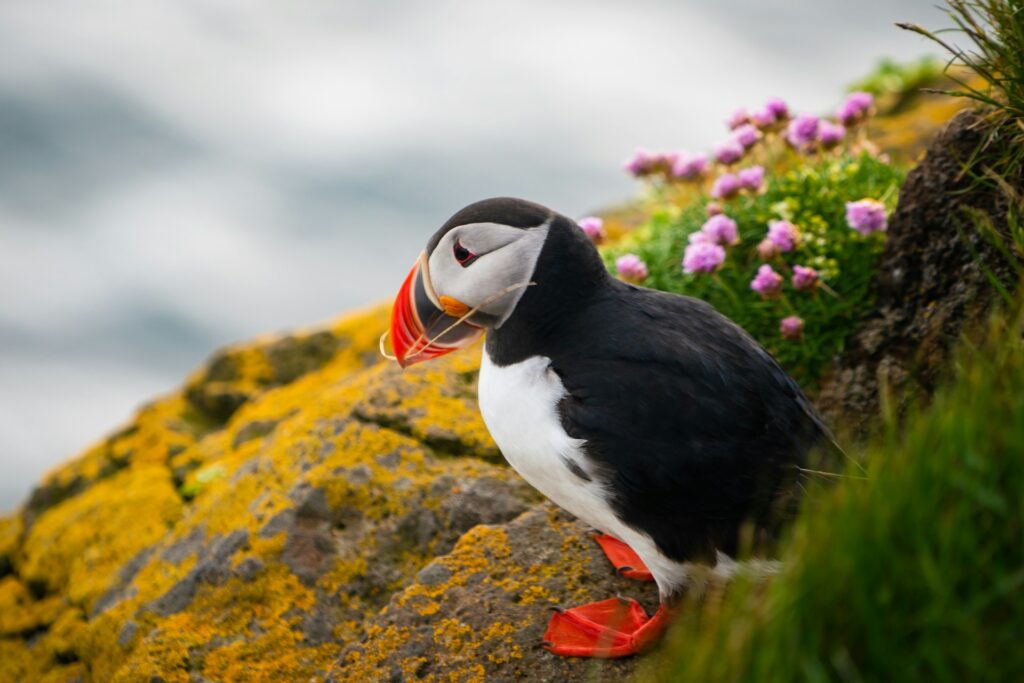
Archelon Sea Turtle Rescue Centre | Greece
Over the last 200 years, human influence has jeopardized the survival of seven different sea turtle species. Although only two of these species are listed as critically endangered according to the IUCN Red List of Threatened Species, the Northwest Atlantic leatherback turtle moved from a classification of least concerned to endangered in a matter of six years.
The Archelon Sea Turtle Rescue Centre in Greece is the first sea turtle sanctuary in the Mediterranean. This group studies and protects sea turtles and their habitats through population protection and monitoring, habitat conservation, and rescue and rehabilitation efforts.
Visit the Archelon Sea Turtle Rescue Centre during our 15-day Greece Uncovered tour. This engaging tour allows you to explore landmark sites, like visiting the Athens Acropolis, while also engaging in off-the-beaten-path experiences, like a visit to the Mediterranean’s first turtle sanctuary. Your visit also helps support the Global Goal 14: Life Below Water.
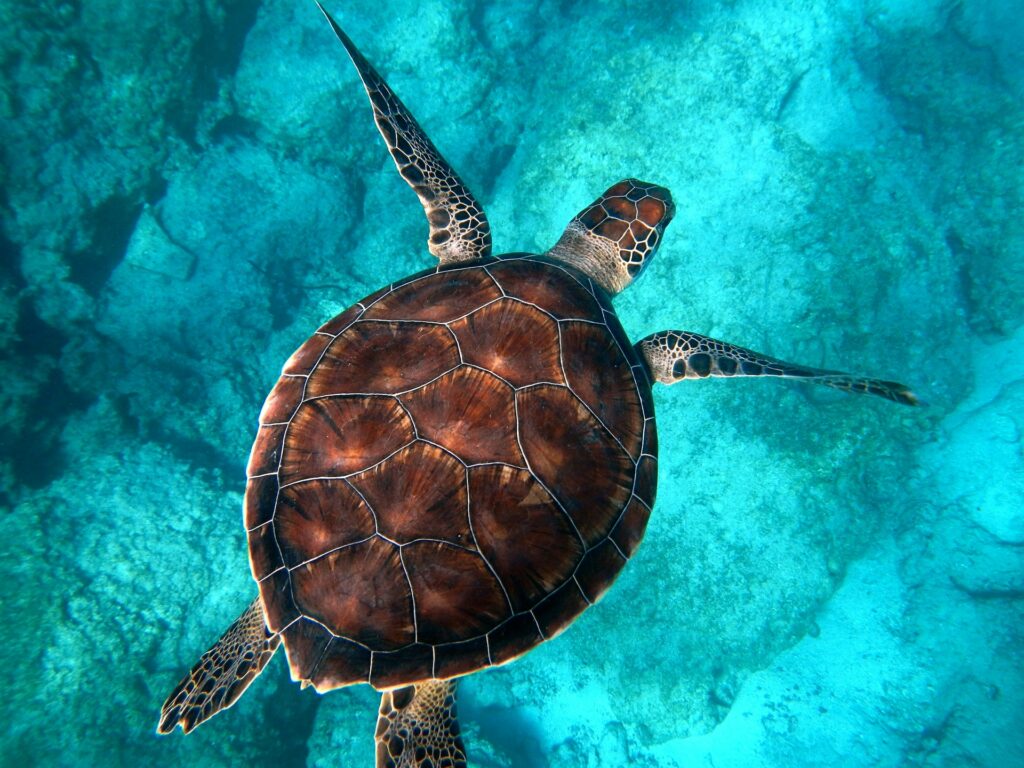
Save up to $3,000* per couple on your first Premium Tour
Plus receive latest offers, travel inspiration, and discover how your travels will make a positive impact. Together, WE MAKE TRAVEL MATTER®. Subscribe NowCharles Darwin Foundation | Ecuador
The Galapagos Islands are one of the most biologically diverse places on the planet. Although its land-based fauna and flora are more commonly discussed in conservation conversations, the Charles Darwin Foundation ensures that its oceanic life isn’t neglected.
Read next: How Dining With Insight Vacations Does a World of Good
Formed in the 1950s under the guidance of UNESCO and IUCN, the Charles Darwin Foundation has multiple marine life conservation projects to protect species in the Galapagos and within the Eastern Tropical Pacific. These programs include the conservation of sea turtles, sharks, and marine birds, as well as mangrove ecology and deep-ocean exploration efforts. The Charles Darwin Research Station on Santa Cruz Island adjacent to the Galapagos National Park is open year-round for public visitors and is admission-free.
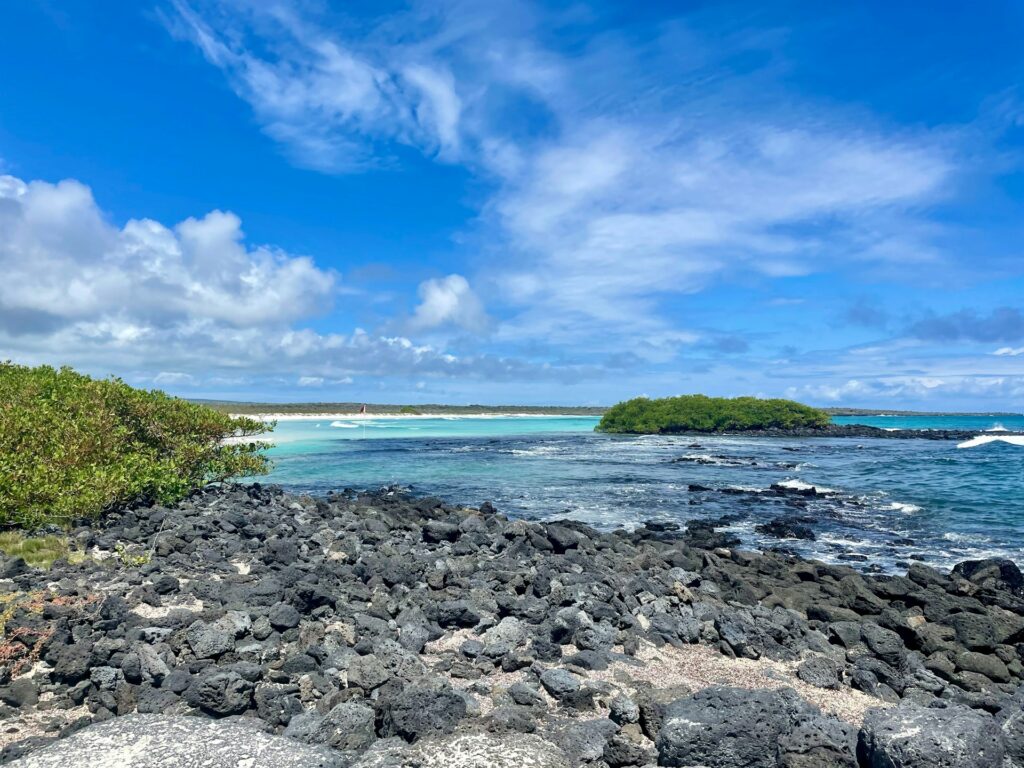
Shark and Marine Research Institute | South Africa
The most terrifying fact about the Great White Shark is the reality that these creatures have survived millions of years yet may not exist in a few generations from now. South Africa’s Great White Shark population is estimated below 500, putting their extinction into the realm of possibility if their over exploitation continues.
The Shark and Marine Research Institute in Cape Town has partnered with the conservation-focused White Shark Diving Company to offer a unique volunteer experience. Participants will help collect and manage data on land and at sea. Beach clean-ups and equipment maintenance are just the start; many of the daily activities of this program include snorkeling through kelp forests in search of white sharks, tagging sharks, and cage-diving to get a close encounter with Great White Sharks.
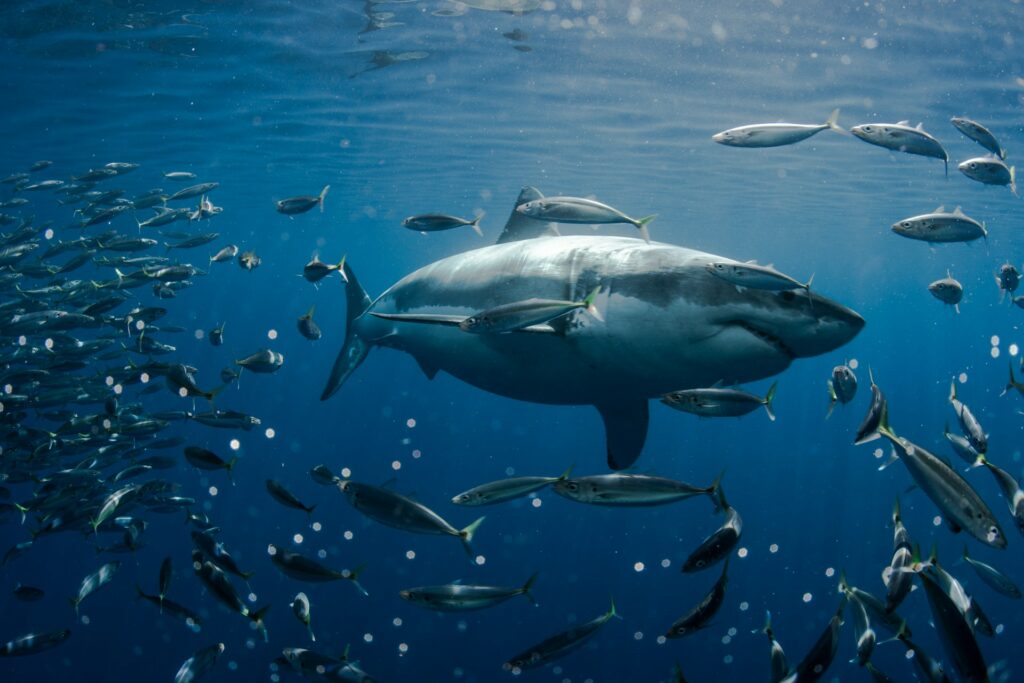
Australian Marine Conservation Society | Australia
The Australian Marine Conservation Society is the country’s sole national charity dedicated to the protection of ocean wildlife. Formed in 1965 as a solutions-focused group, the Australian Marine Conservation Society has a history of successful marine conservation projects, including preventing mining on the Great Barrier Reef, establishing a global ban on whaling, saving the Ningaloo Reef from major marina development, and banning live shark finning in Australia.
It continues to work on multiple campaigns that range from the protection of threatened species and marine parks to advocating for sustainable seafood sales, better management of fisheries, and the abolishment of seismic blasting. The most significant way visitors can assist in these campaigns is by volunteering for community-based activities that raise awareness and collect petition signatures.
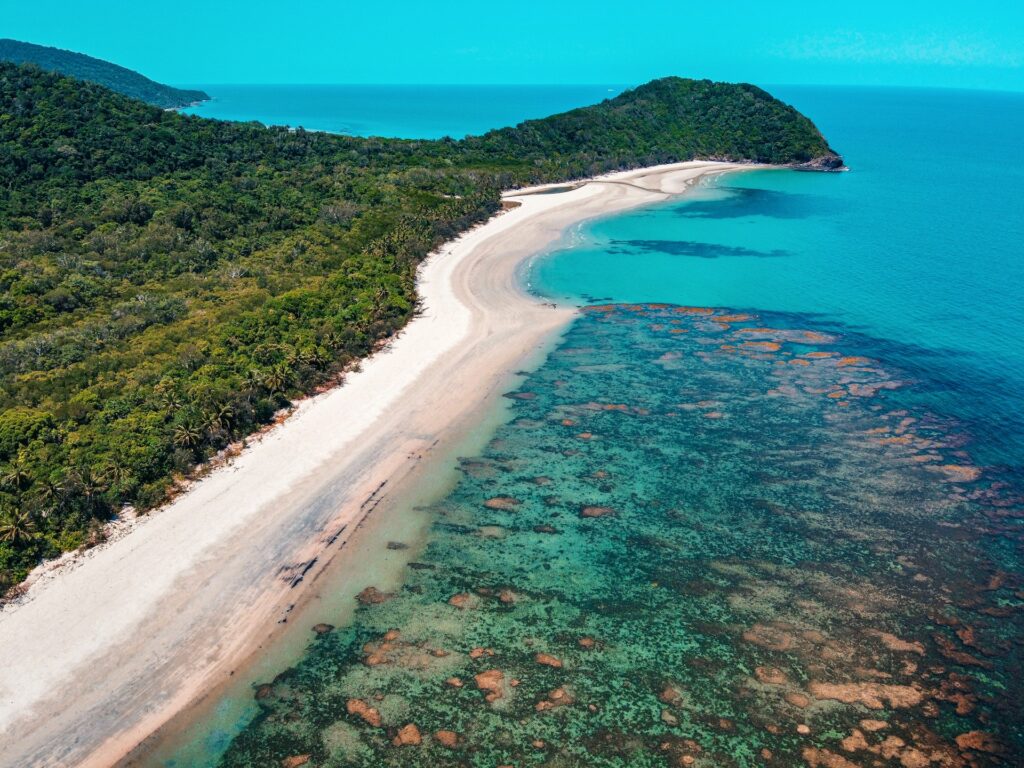
Read next: Where to Enjoy the Warmest Ocean Temperatures in Europe this September

LIKED THIS POST? SHARE WITH YOUR COMMUNITY
